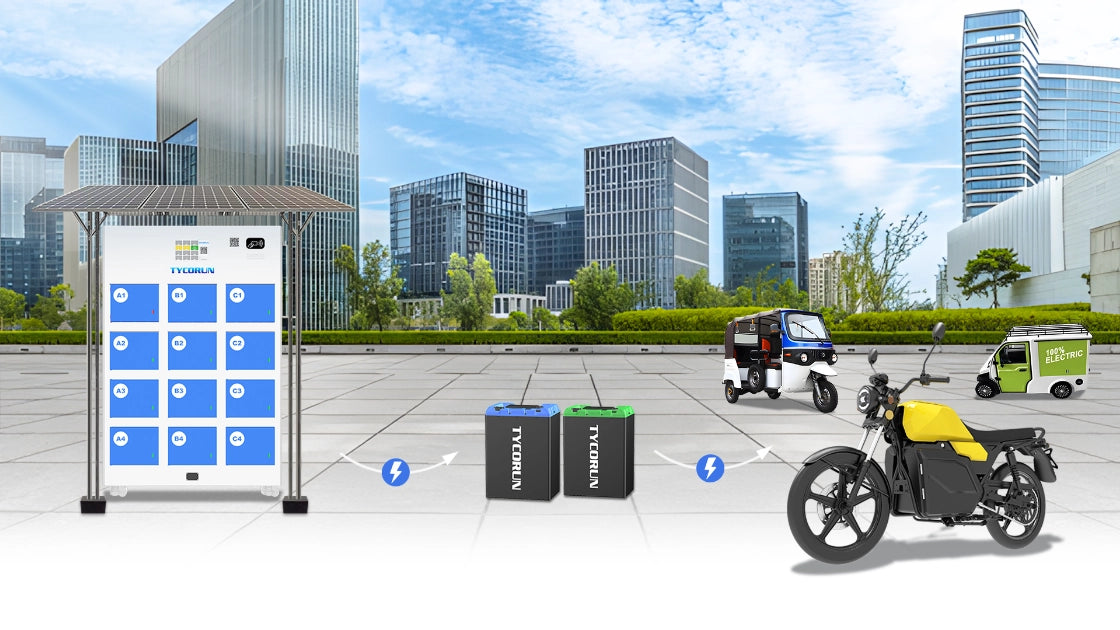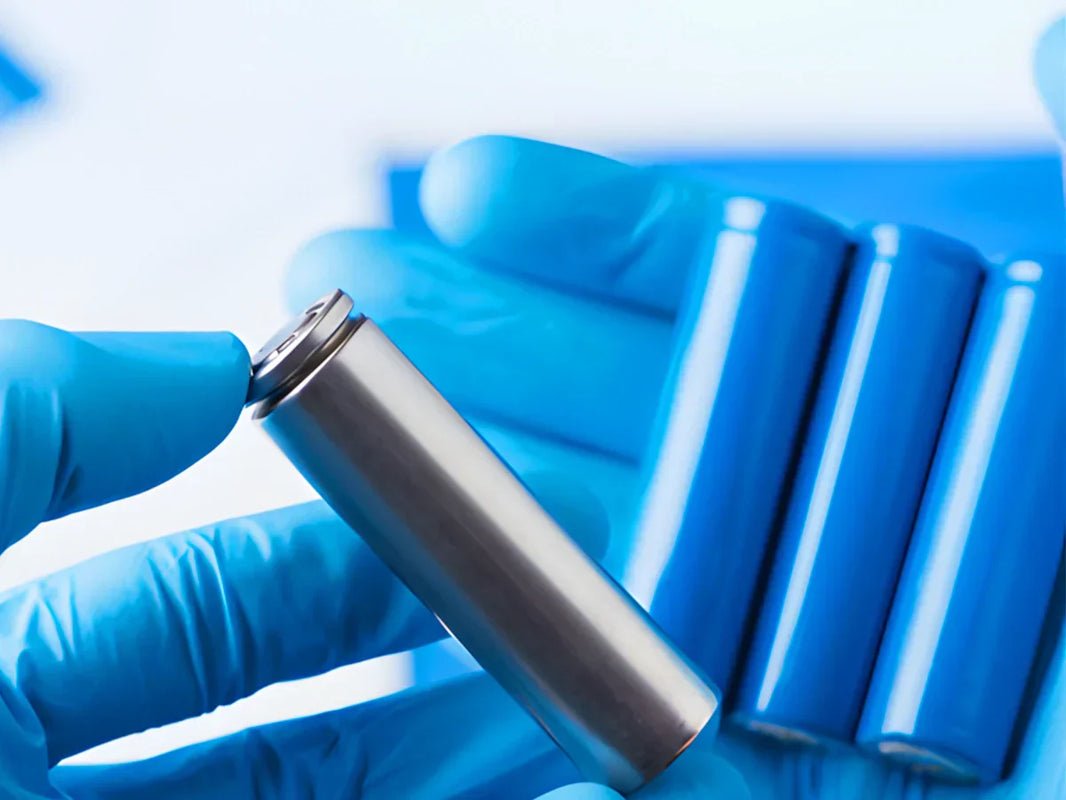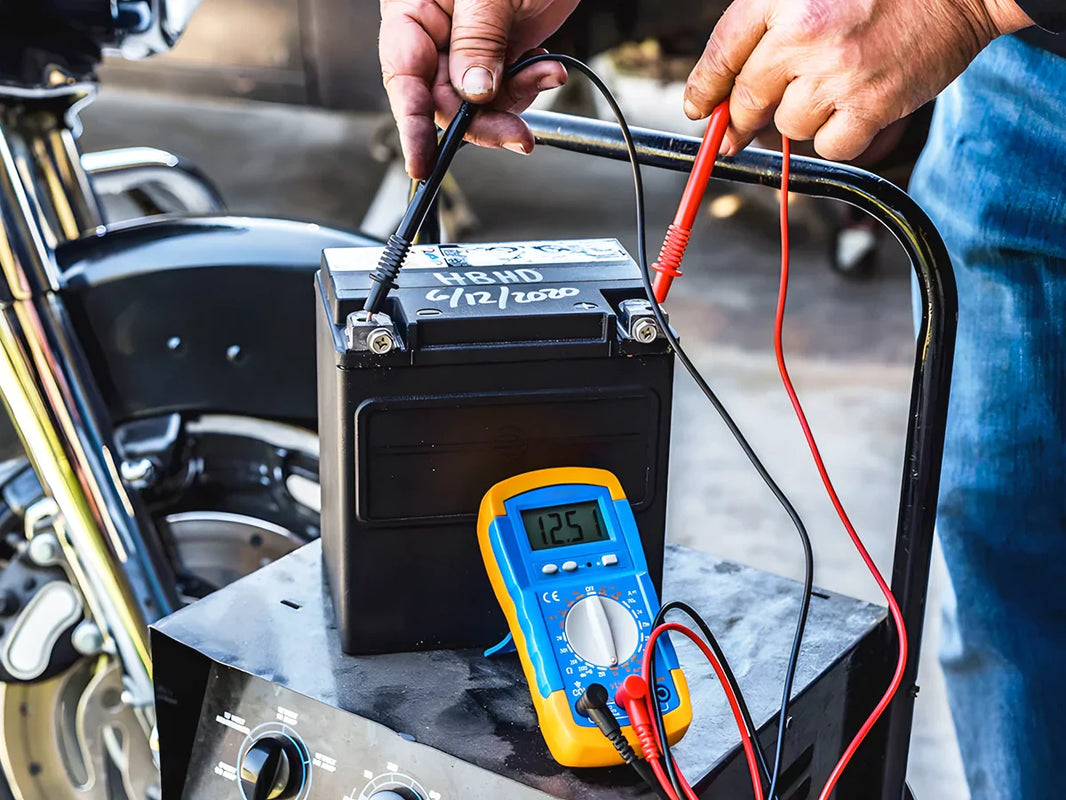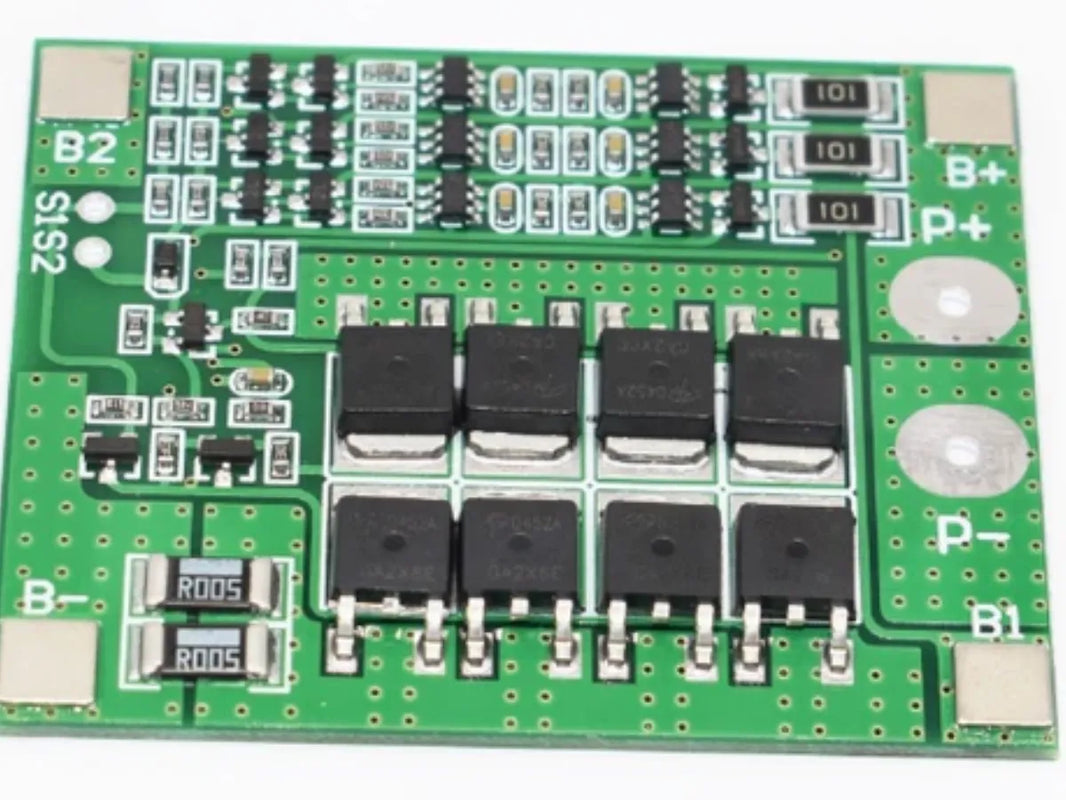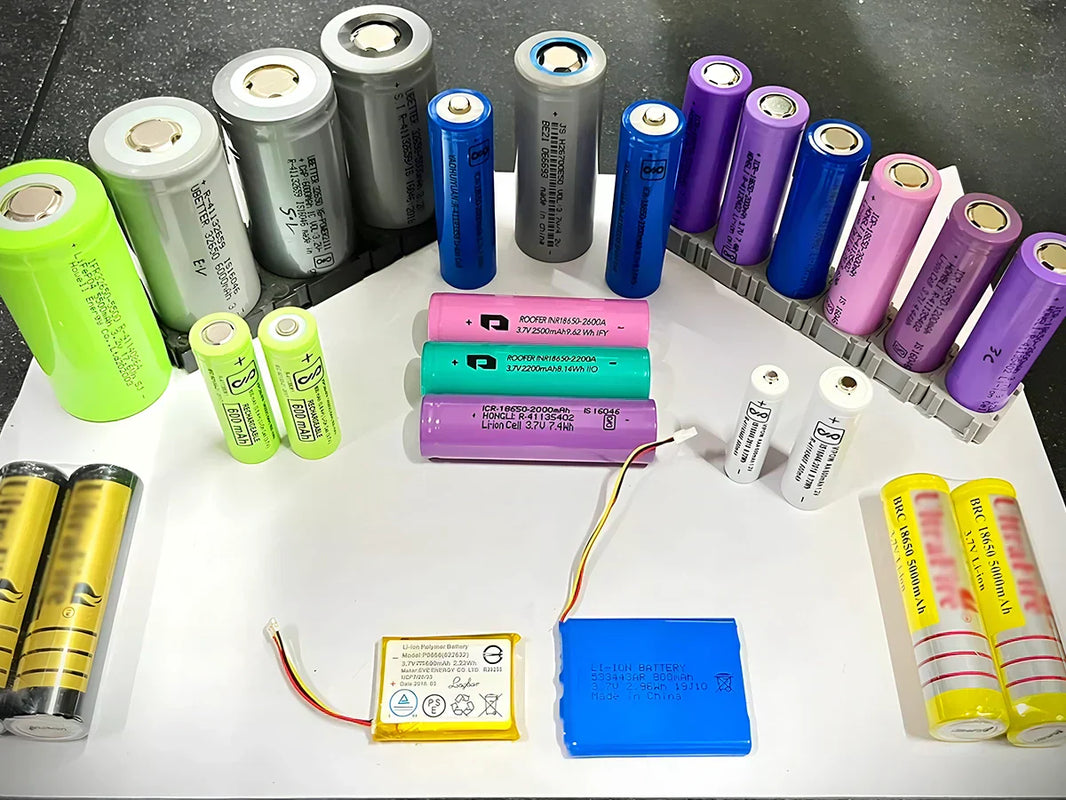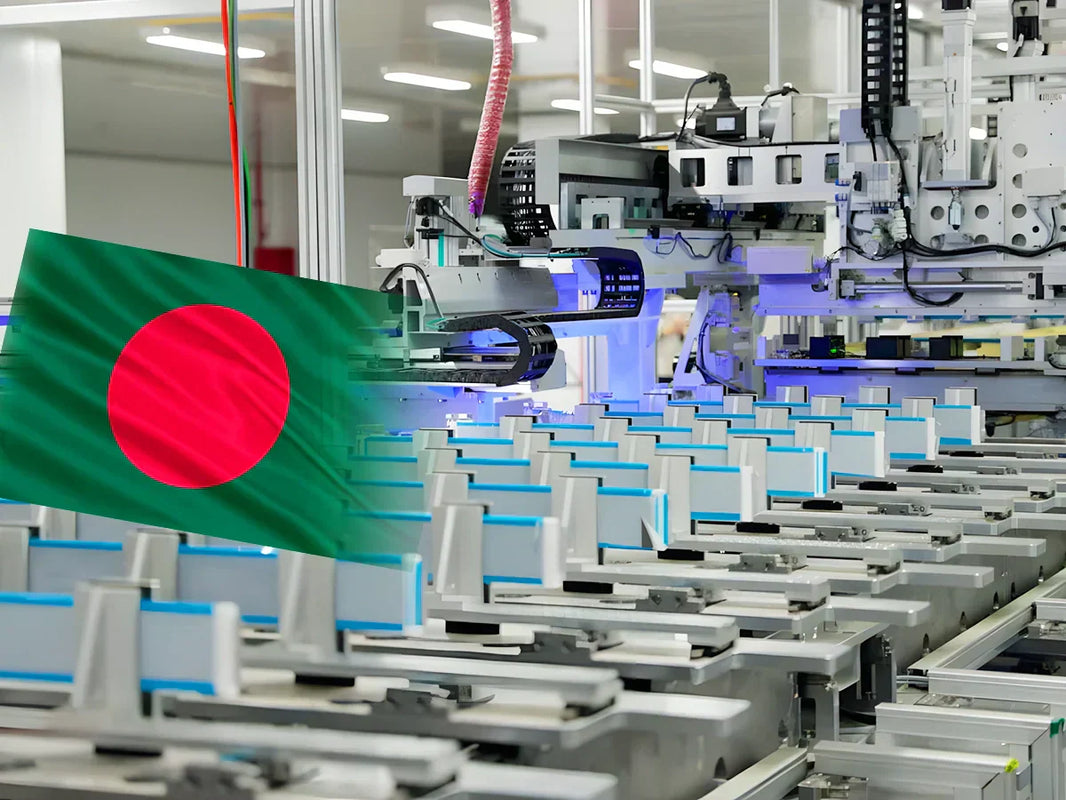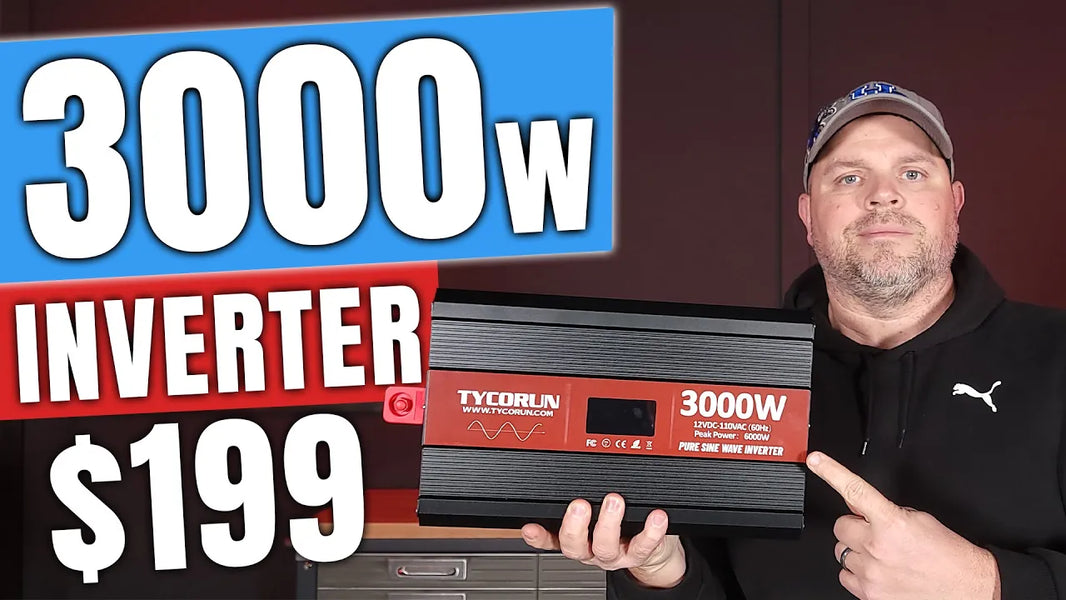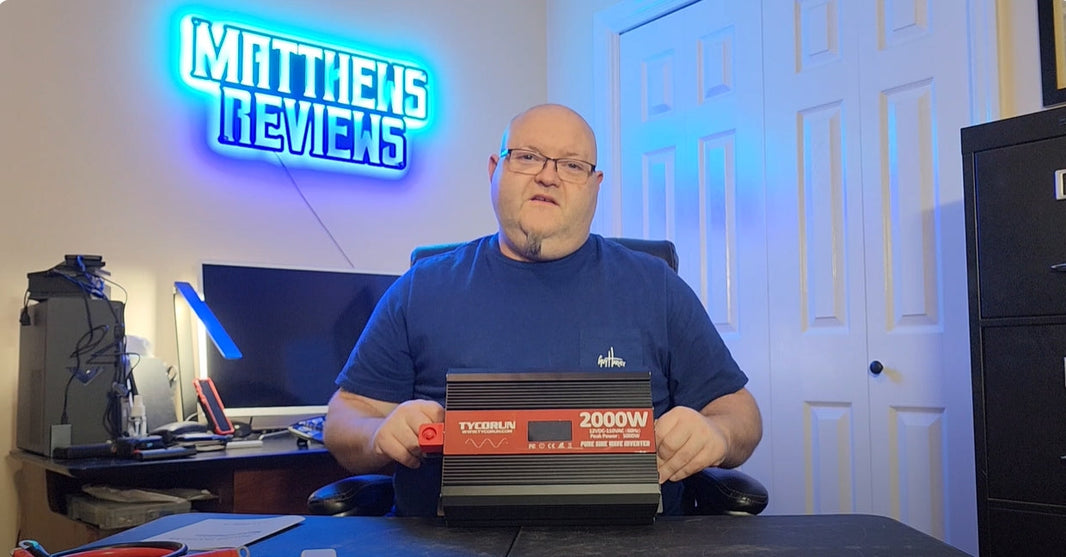
Main content:
With the rapid development of microelectronics industry, medical engineering, electric vehicles, space technology, military industry and other fields, the application range of lithium batteries is getting wider and wider, and the requirements for the performance of lithium batteries are getting higher and higher. Therefore, it is necessary to improve lithium-ion battery technology, and to develop and develop secondary lithium-ion batteries with high energy density, large capacity, long life, high-speed charge and discharge, light weight and miniature.
1. Application of lithium-ion battery technology in automobiles

The application of lithium-ion battery technology in automobiles faces serious challenges. Batteries must operate safely and reliably throughout their life cycle, as specified by the car manufacturer, and not less than 10 years. This can be achieved by monitoring the battery with an accurate lithium-ion battery technology management system, which is always within the optimal operating range. The electronic device comprehensively compares the working state, temperature and energy storage of the battery according to the service life, and the safety circuit prevents the energy storage unit from overheating. The cell monitoring circuit monitors each cell to ensure its optimal state. In this way, the battery cells are not always subjected to uneven loads, the CSC balances the power of all cells in the battery, and the lithium-ion battery technology ensures that the lithium-ion battery can reach 10 years or 160 000 without compromising the function and the output power is safe. ~240 000km usage requirements. Lithium-ion battery technology not only has strict safety and testing engineering, but also faces challenges in the assembly process. Since the current in the battery is not conducted through the cable, but through the copper bar, the copper bar must be welded by a special process. Only by using 16 000A resistance welding, can the current flow smoothly through the welding seam connecting the copper bars to avoid power loss. Finally, with lithium-ion battery technology, the Li-Ion battery pack is completely encapsulated in a laser-welded stainless steel casing.
A phosphate-based lithium-ion battery technology that has been commercialized is a nanoscale solution from A123Systems. DeWalt/Black & Decker Power Tools offers a complete line of 36V power tools that take advantage of A123Systems' lithium-ion battery technology. In addition to the many benefits brought by phosphate itself, A123Systems' nano-lithium-ion battery technology also reduces the volume of a single particle in the battery, shrinking it from an average of about 1um in traditional lithium-ion battery technology to 100nm, which is about the original 1/1 000 of the volume. Smaller particles can absorb lithium faster than normal batteries, so the batteries can be charged faster. For example, if a mobile phone with an ordinary lithium-ion battery takes 2 to 3 hours to charge, the new battery can be fully charged in as little as 5 to 10 minutes. A typical mobile phone battery can be recharged 300 to 400 times, but A123Systems' technology increases that number to 7,000 times.
2. Cooperation between General Motors and A123Systems on lithium-ion battery technology

General Motors and A123Systems have further cooperated to develop lithium-ion battery technology to develop nano-phosphate batteries, which will be used in the electric drive E-Flex system of General Motors' Chevy Volt combined hybrid vehicle.
A123Systems is one of the world's largest producers of nanophosphates, producing more than 10 million batteries annually, most used in recharging power tools. Compared to other lithium-ion battery chemistries, nanophosphate-based lithium-ion battery technology has higher power output, longer life, and safer operation. The battery weight, size, safety and performance of these lithium-ion battery technologies are more suitable for use in all transportation industries, including hybrid cars, trucks and airplanes.
US researchers have developed a new method of using silicon nanowires to create new rechargeable lithium-ion battery technology. The facility, developed at Stanford University, can generate 10 times more electricity than current lithium-ion batteries. The battery can be used for 20 hours after 2 hours of charging. The battery's lithium is stored in clusters of tiny silicon nanowires, each 1/1,000 the thickness of the paper. The nanowires swelled four times their normal size because they were imbibed with lithium, the results have been published in the journal Nature Nanotechnology. The expanded storage capacity will allow the lithium-ion battery to be used in electric vehicles, while the lithium-ion battery technology could also be used in homes or offices to store electricity from rooftop solar panels, the researchers said.
Read more: Expanding Lithium Production

